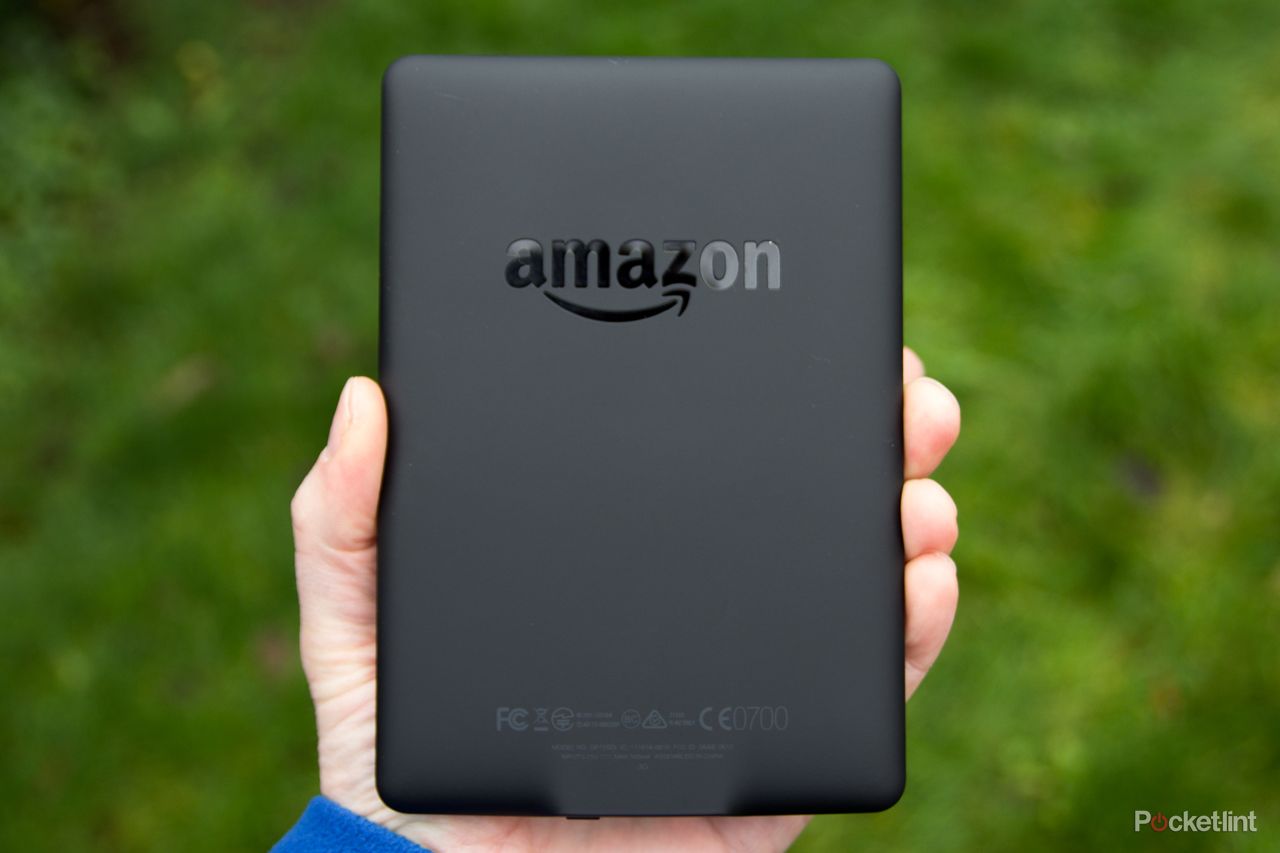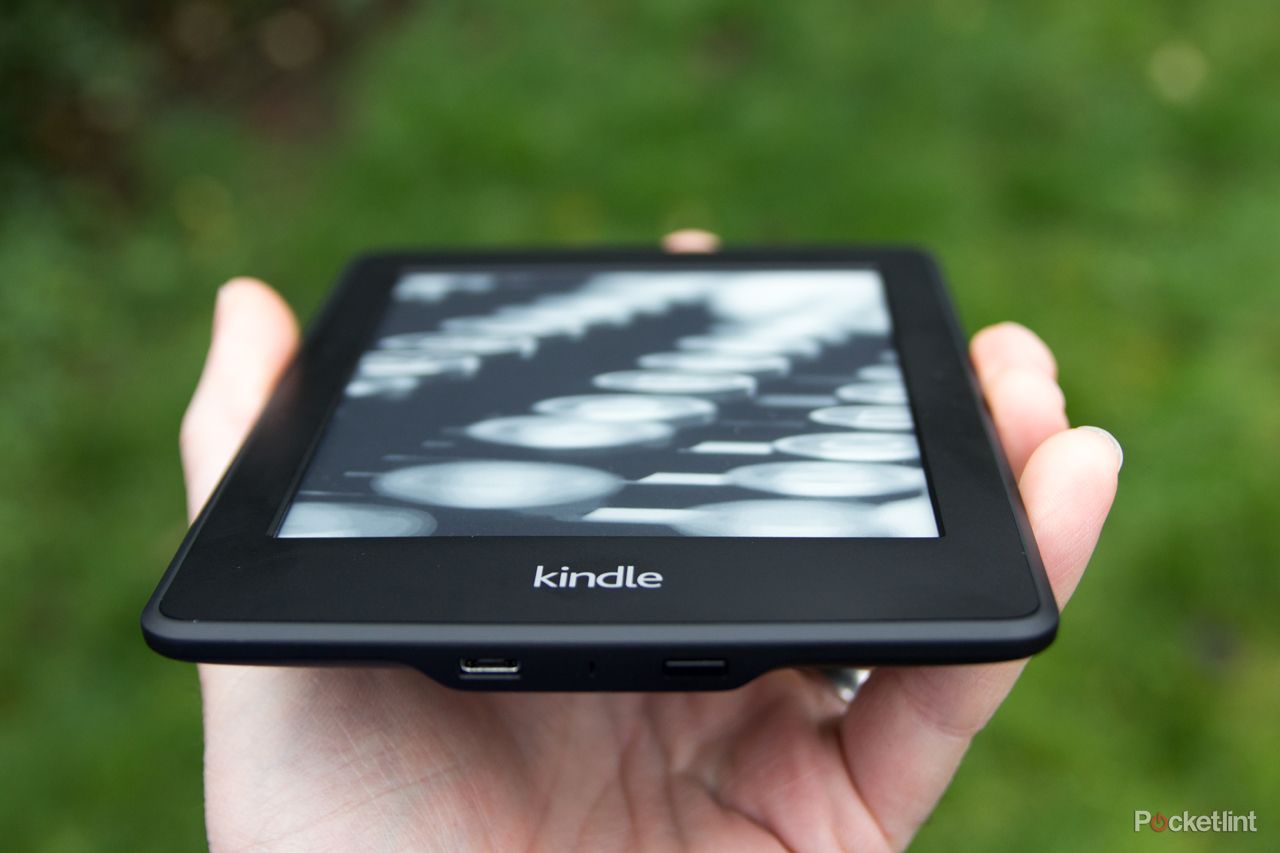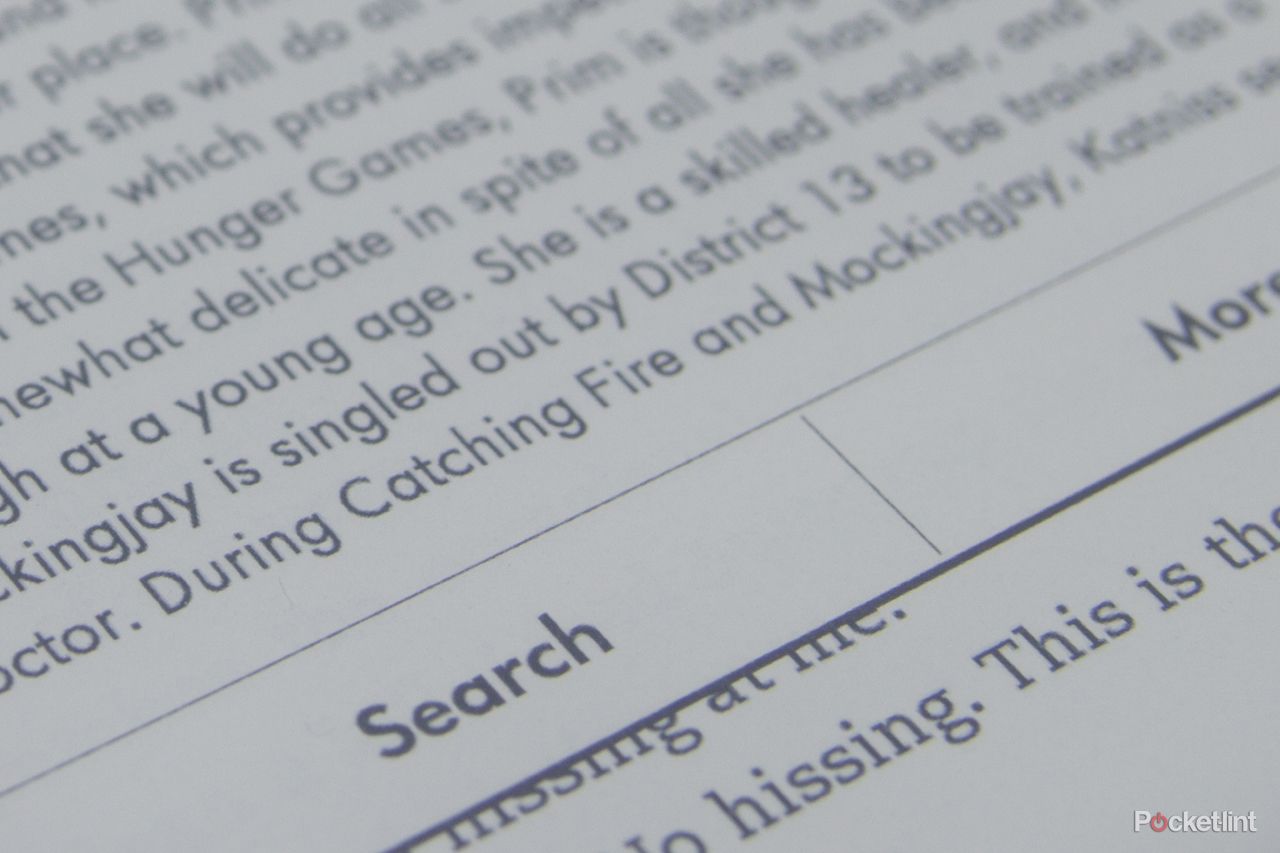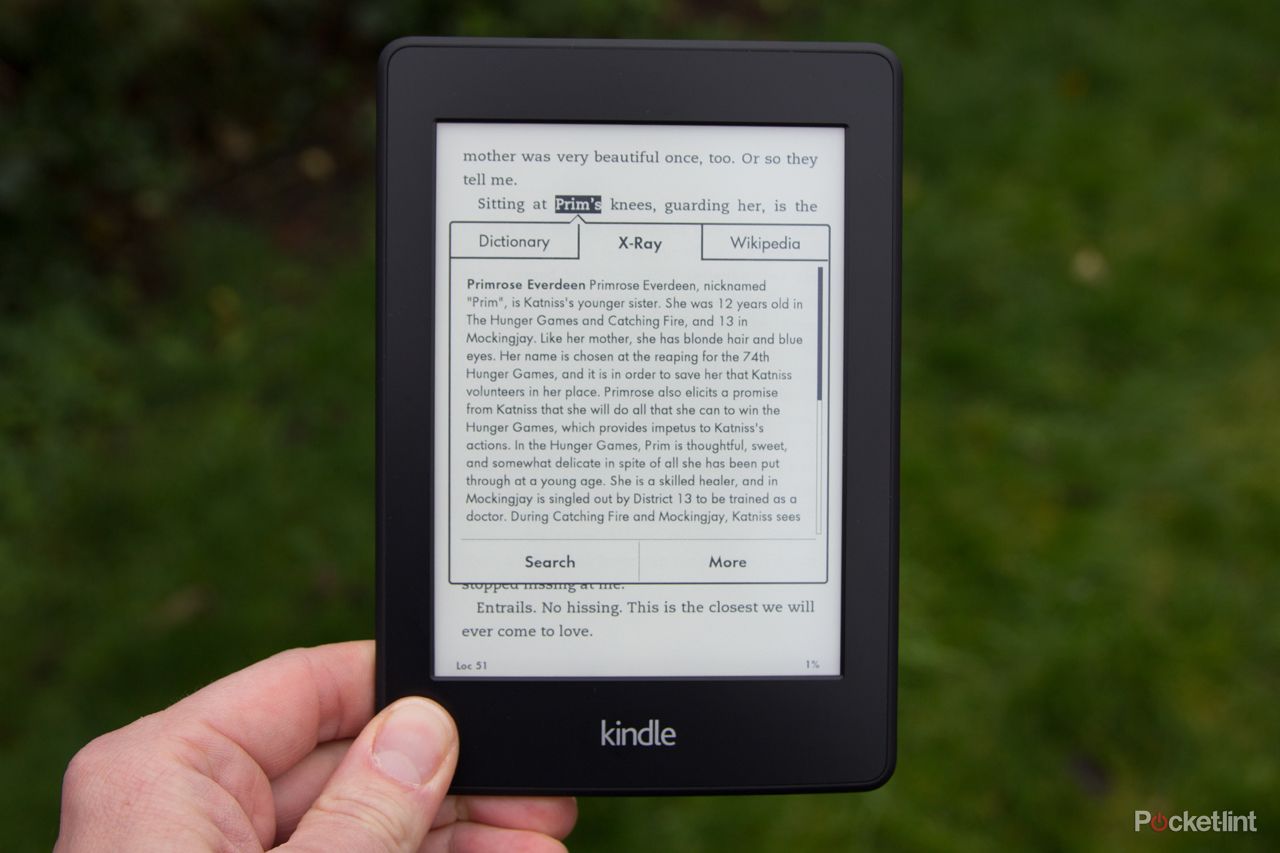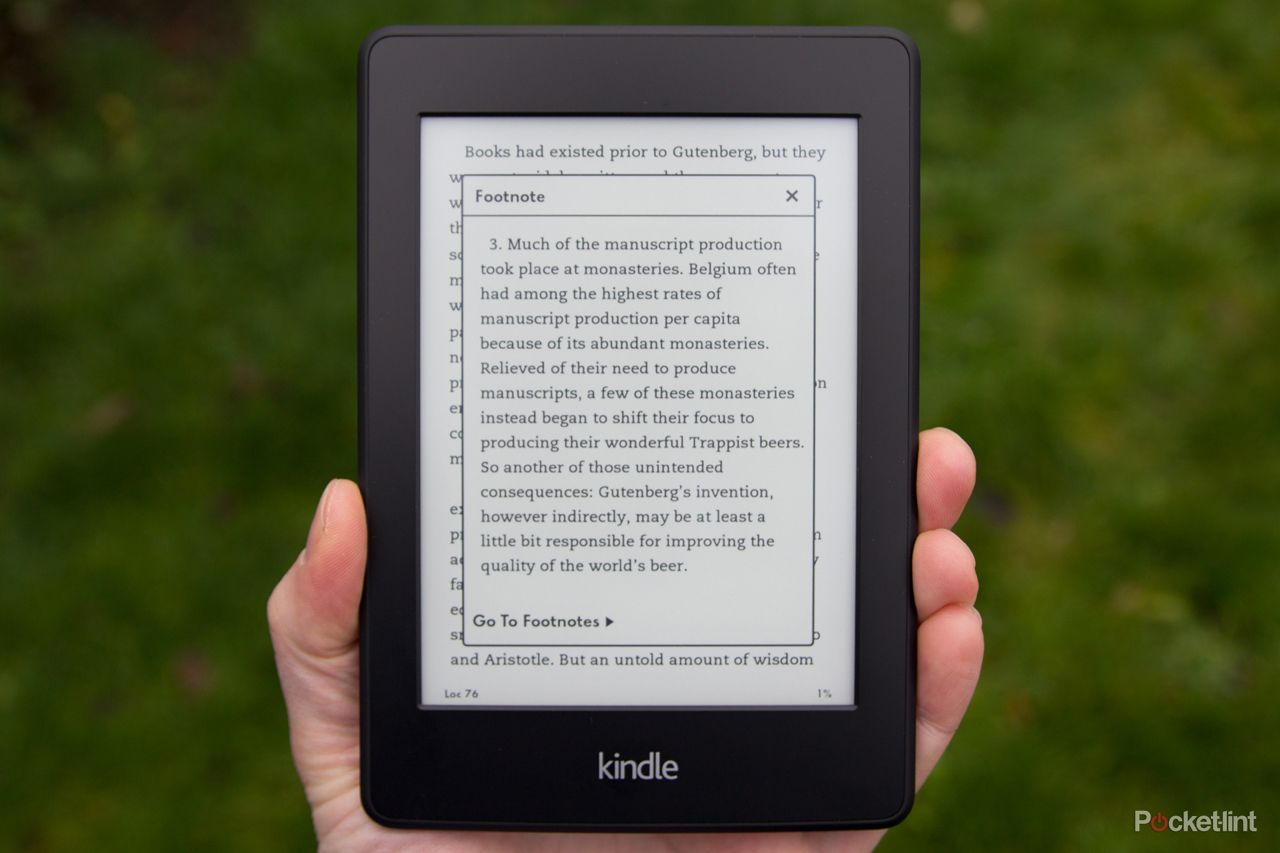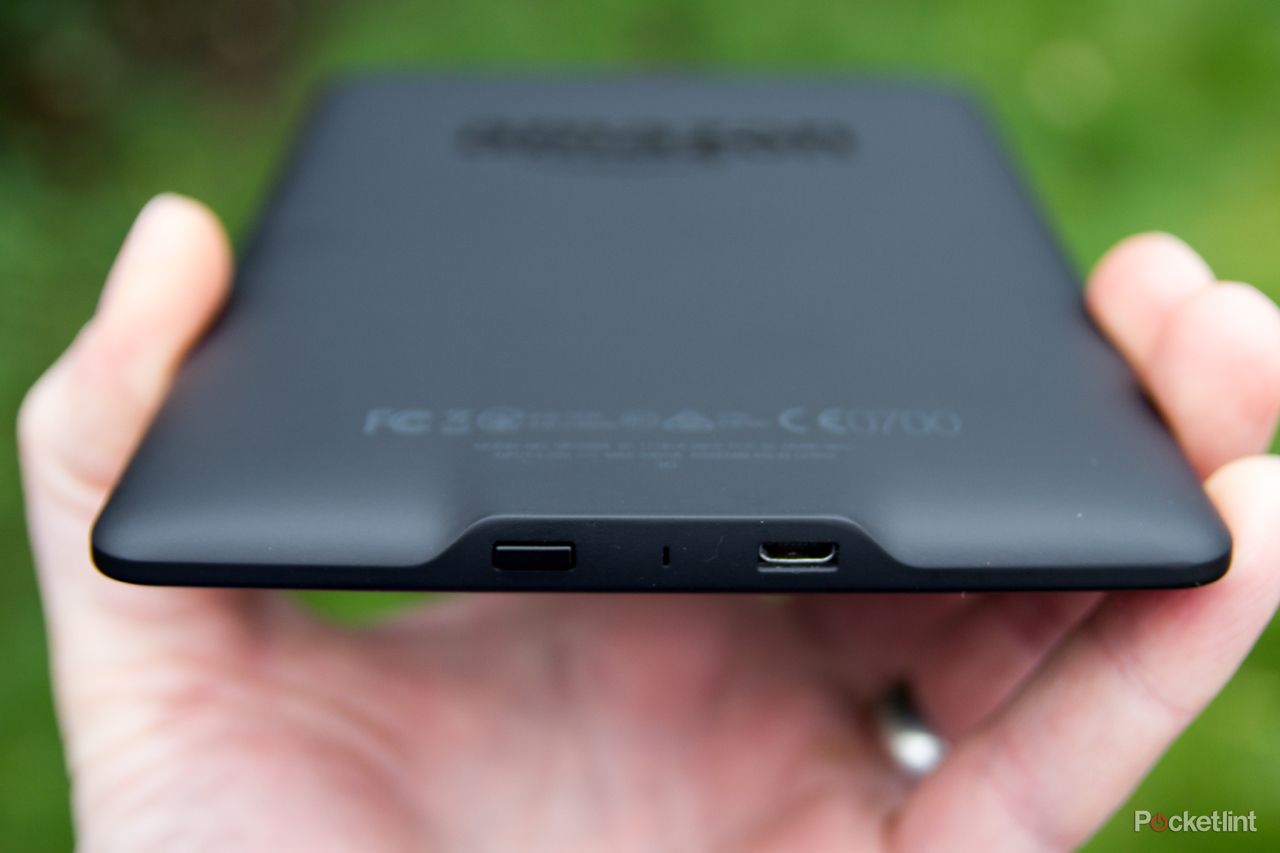The new Amazon Kindle Paperwhite is the latest eBook reader to capture the essence of the Kindle in its best form to date.
Our quick take
If you've been wondering whether to dive in an buy a Kindle, then the 2013 Paperwhite is the model we'd recommend above all of the other Amazon options. The screen illumination is lovely and the touch response is fast enough to make everything happen with ease.
If you've got the 2012 Kindle Paperwhite then we can't say that it's worth going out to upgrade though: we'd hold out for the inevitable increase in resolution that will likely come in 2014.
The 2013 Paperwhite represents how far eBook readers have come in the past few years. It's easy to use, great value for money, and versatile to all lighting conditions. Simply put the 2013 Kindle Paperwhite makes it the best eBook reader of the bunch.
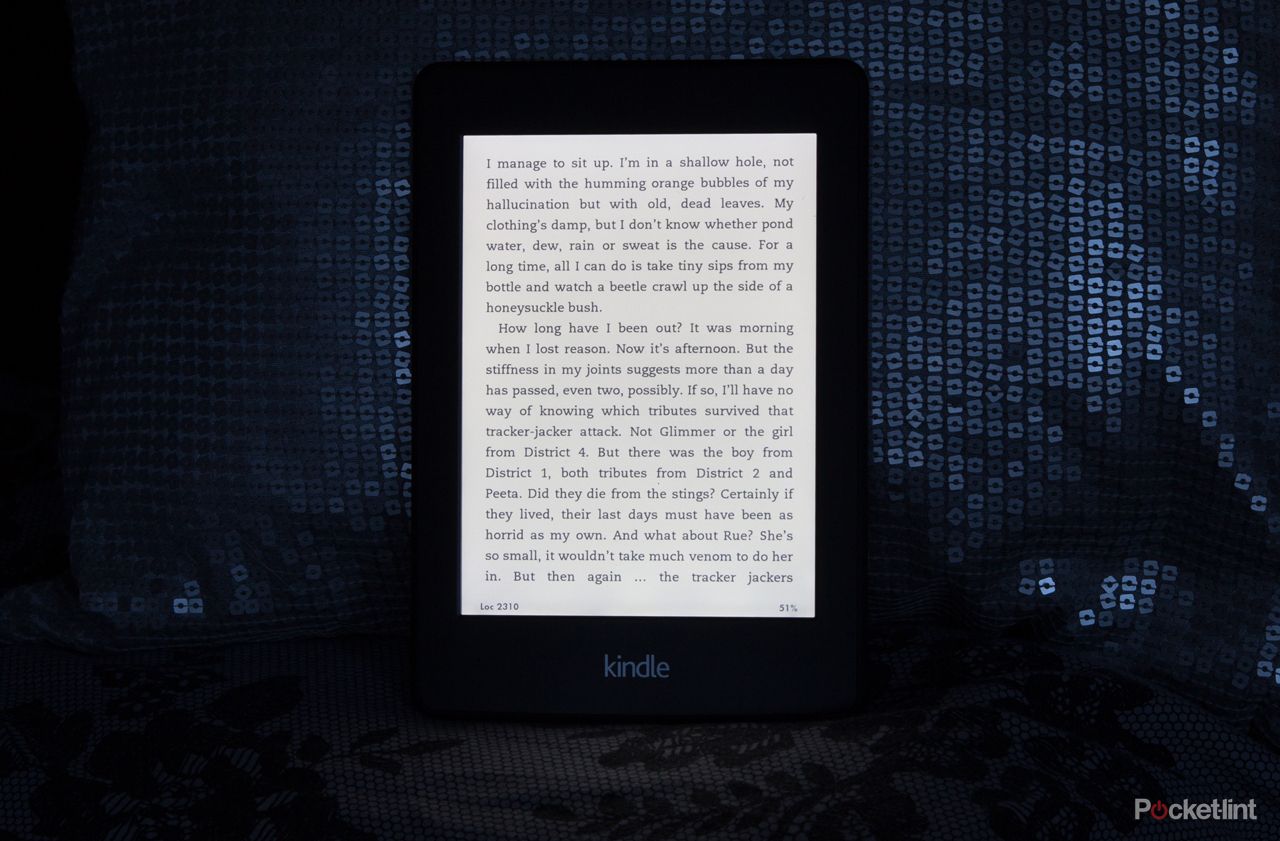
Amazon Kindle Paperwhite (2013) - 5.0 / 5
| FOR | AGAINST |
|---|---|
|
|
Amazon Kindle Paperwhite (2013)
When it comes to eBook readers, the Kindle has captured the imagination of the public. So much so that we're hearing Kindle used as a generic term for all such reading devices, rather like when iPad is - wrongly - used to describe all tablets, or Hoover to describe all vacuum cleaners.
Out in public Kindle is the product that's seen en mass. On that commute we can't recall regularly seeing a Kobo or Sony Reader on the train. But it's not popular for popular's sake. And while the new Amazon Kindle Paperwhite doesn't appear to change a huge amount from the 2012 version, the 2013 update reinforces its position as the best Kindle ever. Here's why.
Design
The 2013 Paperwhite's design matches the previous iteration of the same model from the previous year, with only some minor cosmetic changes in a slight change of style to the Amazon logo on the back.
The black casing has a tactile feel that makes it easy to hold without the worry of covering it in fingerprints, unlike some of the glossier rivals, although the smear of suncream after an afternoon lounging by the pool - that dream holiday that the UK winter just doesn't offer right now - is perhaps unavoidable.
The Paperwhite is built of plastic yet feels solid and we like the contoured detailing around the bottom Micro-USB and power button: it looks and feels like a good quality device. The 6-inch screen sits within the device's 169 x 117 x 9.1mm outlay, complete with ample bezel so there's somewhere for your thumb to grip when holding the device.
The Wi-Fi only version weighs 206g, or opt for the 3G version and add an extra nine grams to the weight, totalling 215g. That size and weight combination makes it ideal for holding one-handed and the weight should be comfortable for all to hold when reading.
Paperwhite display: Light and dark
What makes Paperwhite different is its illuminated display so you can read in both light and dark conditions. Although it's not alone in providing such a display, it's certainly the most significant change we've had to eBook readers in recent years.
The criticism of old devices was that you'd need an external light source to be able to read in the dark, but this new generation of readers solves that problem, without losing the inherent benefits of an E Ink display in long-lasting battery life, daylight visibility and low levels of eye strain.
The Paperwhite's aim is to replicate that on-paper reading experience and avoid the sort of fatigue you get from reading on a tablet with its shining LCD display. That's what's achieved from the 6-inch 212ppi display: it's the same resolution as the previous year's Paperwhite, but there's been a shift to a new E Ink display, from Pearl to Carta.
READ: E Ink talks Kindle displays, and a flexible approach to smartwatches
It's the Carta panel that brings the improvements to the display, with higher-contrast results: the blacks are now darker and the grey/white of the background is lighter. E Ink had previously told us there was a 22 per cent contrast improvement over the previous generation E Ink panel. Put the old and the new Paperwhites side-by-side and you can see that difference, but it isn't so dramatic that we'd recommend you race out the door to buy this new model if you have the 2012 version.
The resolution is typical for a reader of this style, only really bettered by the Kobo Aura HD's 265ppi pixel density. It all sounds on the low side compared the latest run of smartphones, but in reality you don't need the same level of detail for displaying text, which is what the Kindle is primarily designed to cater for.
However, we can see that there's the opportunity to increase the resolution for smoother fonts and crisper images. We'd predict a 2014 Kindle Paperwhite will do just that. Technology never stands still and this seems like an obvious target, much in the same way as Amazon has done with its Kindle Fire tablets.
READ: Kindle Fire HDX vs Kindle Fire HD: What's the difference?
But as it is, the Amazon Kindle Paperwhite is a lovely device to read on. The even illumination has the flexibility to always be comfortable to read no matter what the conditions.
Page turns are also faster than the previous model. That comes down to the increased power from the 2013's processor, as well as the newer display technology. Faster page refreshes help support the new navigation features, meaning that the Paperwhite is slicker than ever before.
Think outside the book
There are a lot of clever features on the Kindle Paperwhite, although they're not all exclusive to this model. Amazon is constantly adding to what the Kindle will do above and beyond straight reading and, inevitably, some of which you will love and some you'll never use.
The Kindle Page Flip is one of our favourites, enabling you to quickly skip to another part of the book from a pop-up window. It's really handy for accessing things like maps that might be at the beginning or end of the book or chapter.
Then there's a world of information ready for you to tap into. Press and hold a word you don't recognise and you'll get definitions and Wikipedia entries. There's also access to X-Ray, which brings up information on characters, so you can get to the details on who is who, as well as find other places where common themes or characters appear.
In a similar vein, you can access footnotes in a pop-up window to easily read the details without needing to skip away from the main page that you're reading.
The biggest benefit of the Kindle, however, is the one that's underlined the Kindle ecosystem from its inception: it's so easy to buy content and have it delivered straight to your device, or to other devices through Kindle apps. And that makes the Paperwhite a winner.
Although some will criticise the closed system that Amazon has created, the fact that you can get a Kindle app for just about any platform negates that argument to a certain extent. There's also support for other types of documents, such as Word docs and PDFs.
The Kindle Store is competitively priced and there are a lot of good offers for Kindle owners: The Hunger Games trilogy at £10.64, compared to the ePub version at £14.99 on Waterstones or £14.87 at WH Smiths, for example.
When you consider that you'll get cross-device syncing from Amazon - meaning you can easily continue reading on your smartphone on the train when you hit that unexpected seasonal delay - it's clear to see why sticking to Amazon's ecosystem is attractive.
In the interest of balance, it's worth noting that Kobo also offers similar syncing if you buy from its online bookstore, and also has apps on many different platforms.
READ: Kobo Arc 7HD review
Kindle for kids
Amazon is also looking to increase its offering for children with its FreeTime service. It is available on the Kindle Fire tablets and through a software update has recently come to the Kindle Paperwhite too.
READ: Amazon Kindle Fire HDX review
Kindle FreeTime aims to create a reading space for your kids, by allowing you set-up profiles for them. Set parental controls such as disabling browser should you know your Kindle will end up in the hands of a child who you don't want to surf the web.
You can then allocate the books for your child to read, with the ability to set a reading target for each day, and various awards that can be achieved along the way.
Connectivity and battery life
As we've touched upon there are two versions of the 2013 Amazon Kindle Paperwhite: Wi-Fi only and 3G. The first, priced at £109, requires an available network, while the second, priced at £169, enables on-the-go browsing. The advantage of the latter is that you'll be able to connect and download new content no matter where you are, although the £60 additional cost for that privilege is significant.
For many, we suspect that the £109 option will be more attractive. You can load a library of books onto your Kindle before you head off into the unknown and if you need a connection, connecting to a Wi-Fi hotspot from your phone is always a back-up option.
It's that connection, however, that eats a lot of the battery life, as does the screen illumination. Amazon states that the battery will last eight weeks, although this is based on 30-mins reading per day with the illumination at half and the connections turned off.
In the real world, the E Ink display consumes minimal power, as power is only needed when the page refreshes, so if you don't need the illumination when reading in well-lit conditions and you don't need to be connected then you'll save battery plenty of battery life. Good to keep those features switches off if you're away from a power supply.
A full recharge, however, only takes four hours - although there's no charger in the box, only the USB cable. Amazon will sell you Kindle FastCharge charger for £12.99, although Micro-USB chargers are pretty common these days, so you probably have one at home already.
Amazon Kindle Paperwhite (2013)
To recap
The Amazon Kindle Paperwhite (2013) is the best of the bunch at the moment. There isn't a huge change from last year's model, but it offers great illumination, great value for money and an ecosystem that's hard to beat.

